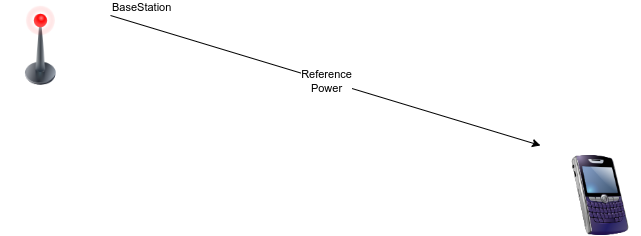How does UE choose its transmission power ?
Lately, we did a lot of tests for long distance upload throughput with ORS. You can see the result of those tests here:
Basic principle (4G and 5G)

The main idea is that the base station is communicating its own output power to the UE. The UE is doing the difference between this reference power and the radio power it receives. This gives a rough estimate of the distance between the base station and the UE. With this information, it decides which power it send. The longer the estimated distance, the more power it send.
So it is particularly important to correctly set this reference power.
Before those tests, we set our reference power way too low which made all the UE think they were nearby the base station and emitting at very low power.
This mechanism is quite good but there is no live interaction between the base station and the UE.
Improvement for 5G
In 5G, there is another more interactive mechanism: the base station can tell the UE very regularly which SNR it receives and which SNR it expects, then the UE can increase its power up to the desired SNR.
With this mechanism, we know that the UE will always do its best to reach the desired SNR.
Of course, the base station must be properly configured and must ensure that this SNR level is reachable (no problem of saturation on reception chain for example), otherwise, the SNR is never reached and the UE will emit at its maximum power (which can have an adverse effect because it will make the saturation problem even worse).